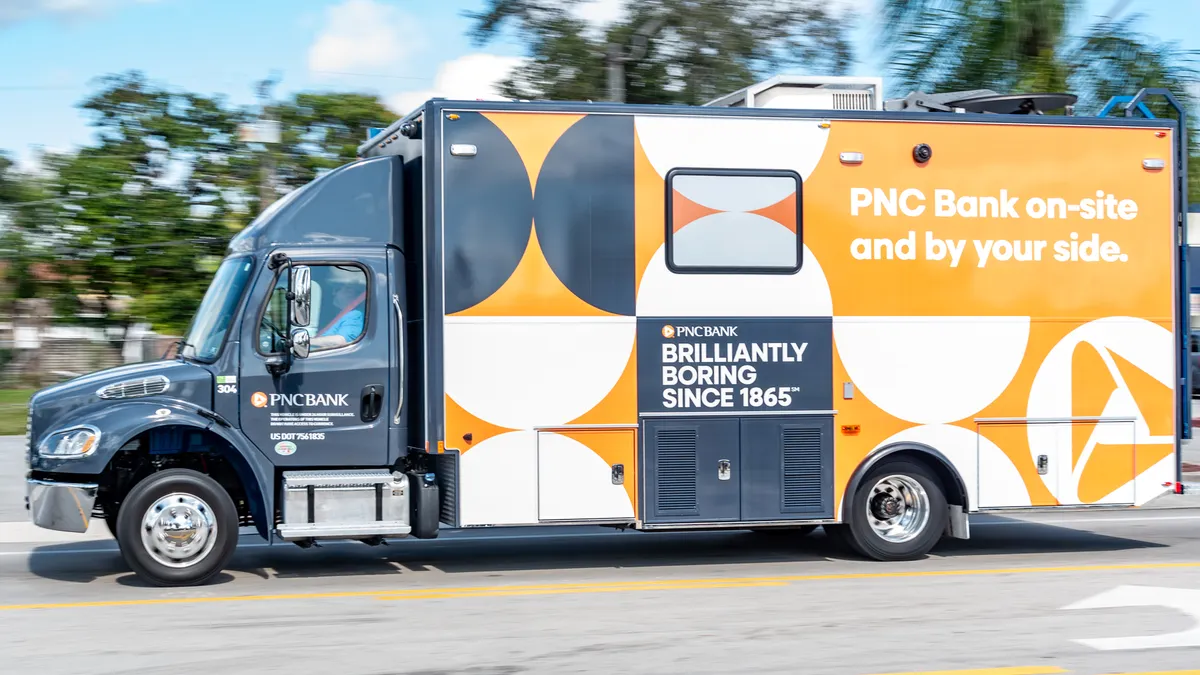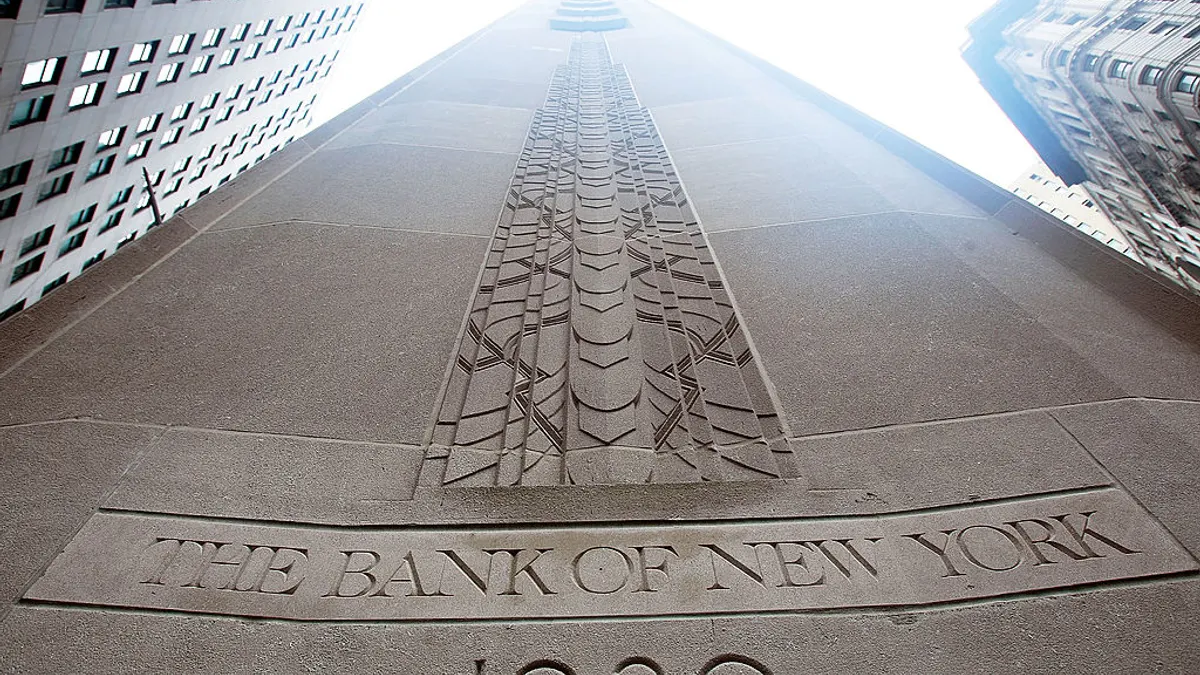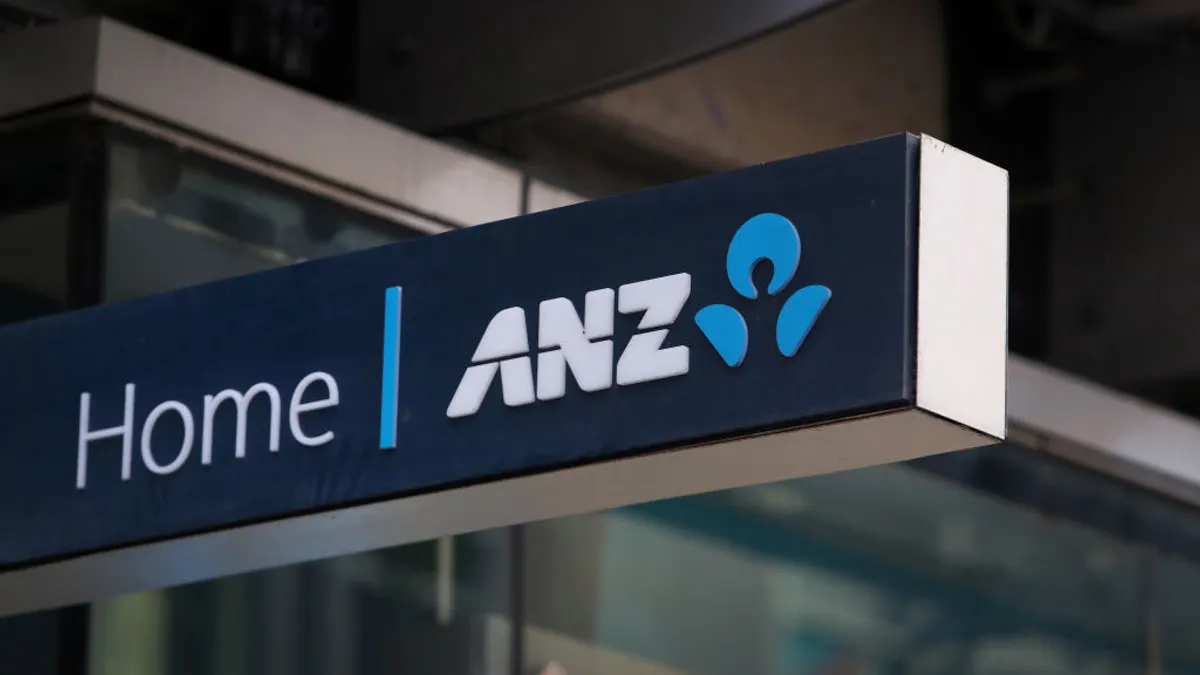Citi’s simplification of its retail banking products – using relationship tiers similar to airlines – is paying off with both customers and bankers, the lender’s head of retail banking said.
That simplification, and orienting conversations around what a customer needs “rather than what a bank needs,” is “something that the industry needs to catch up on,” said Kate Luft, who took over as Citi’s retail banking head in April after Craig Vallorano retired.
Having listened to customers and employees and sharpened its focus on what they want, the New York City-based bank is reaping the benefits, Luft said. She’s been with Citi for 17 years, starting on the sales and trading floor and working in the bank’s Latin America and Australia operations before focusing on U.S. retail in 2020.

During the bank’s second-quarter earnings call, CEO Jane Fraser said retail banking – which serves as “a very important feeder for wealth” – is “really hitting its stride now.”
In the second quarter, retail banking revenue rose 16%, to $648 million, and $4 billion was transferred to Citigold in the bank’s wealth unit. Citi said the rise in revenue was driven by improving deposit spreads, but Luft said customer growth was part of it, too.
“We're seeing the traction because of the simplicity of our products,” Luft said. “Because we've made our product so simple, we're not trying to sell different packages or explain the nuances of, ‘If you're here, it's $25; if it's here, it's $6; investments are only tied to this one product.’ That's a complication, I would say, externally of Citi right now.”
Citi’s retail banking segment counts about 4 million customers in the U.S.; the entire consumer business has about 70 million customers nationally, inclusive of credit cards. Retail banking and cards make up U.S. personal banking, one of Citi’s five core businesses as it’s sought to simplify across the organization.
Unlike other big banks, Citi isn’t looking to expand its branch network across the country, keeping its physical presence focused on Chicago, Los Angeles, Miami, New York, San Francisco and Washington, D.C. Citi has opened 13 new branches and relocated five others since November, a bank spokesperson said.
To make the most of that, delivering the “one Citi” relationship to clients – maintaining close ties between retail and wealth – is crucial, Luft indicated.
“While we've only got 650 branches, our six core markets have a third of the high-net-worth households in the States,” Fraser said during the July earnings call. Citi also has the highest deposits per branch, according to Fraser.
Engagement and primacy
With a complete redesign of its retail banking product set in 2023, the lender has oriented around relationship tiers akin to airlines, based on a customer’s deposits and investments at the bank. The revamped approach puts the emphasis on customer relationships and growing with clients rather than account openings.
“People are looking for that simplicity,” Luft said.
In the bank’s everyday banking segment, those with $30,000 at the bank are considered Citi Priority; the $200,000 level is referred to as Citigold, and those with $1 million-plus are private clients, she said.
The bank converted all clients to simplified banking last year, Luft said, rather than require customers to opt in or generally jump through hoops to take advantage of what the bank sought to offer. (“That stuff drives me nuts,” Luft said.)
Citi has also seen strong customer response to its move to streamline the path to a no-fee checking account, expanding the definition of direct deposit to include funds coming through peer-to-peer payment platforms such as Zelle or Venmo.
That’s geared toward drawing in gig economy workers, and the share of personal banking checking households using enhanced direct deposit has grown an average of 5% per year since simplified banking was launched two years ago, a spokesperson said.
“We want to make it easy for you to engage with us and to be primary,” Luft said. “That's kind of where the industry is missing.”
Increased interactions
From there, the bank is focused on driving loyalty, seeking to offer clients more by tapping its scale and brand. Citi’s emerging affluent and wealth clients in particular want to know what else the bank can do for them, Luft said.
“That’s why it’s so important that our value props are systemic. You don’t have to opt in, you don’t have to convert this product,” she said.
Simplifying products – along with less foot traffic in branches – has freed up Citi bankers’ time to make outbound inquiries, or hold home-buying or financial literacy seminars, she said. During the first half of this year, client interactions increased by 300,000 compared with the same six months in 2024, a spokesperson said.
Bankers “have time to really spend with our clients on solutioning, not just servicing or kind of working through the complexities of a product,” she said. “I don't think in the industry – just because of the complexity of the products and the offerings – there's that same amount of time for employees to really focus on the solution, not just the administration. We hear that from our bankers, who have come from others in the industry.”
Citi now seeks to leapfrog competitors in the benefits space by giving customers more but keeping it simple, she said, pointing to the recent addition of debit card merchant rewards.
“What I hear most now is, can you do this for small business?” Luft said.
That’s the feedback from both bankers and SMB customers, she said. The bank is in a different starting place with SMB than it was with consumer, Luft said. But Citi is taking the simplification and benefits mindsets and making similar changes on the small-business side.





















